Antlia Triband RGB Ultra 2" Mounted Filter (TRIBAND-RGB-ULTRA-2)
ANT-TRIBAND-RGB-ULTRA-2
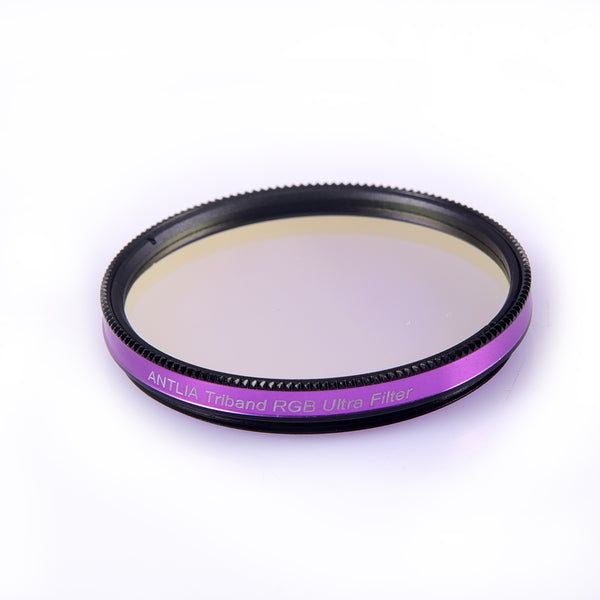
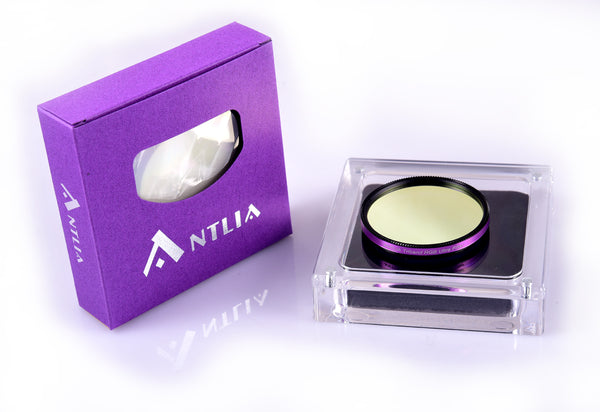
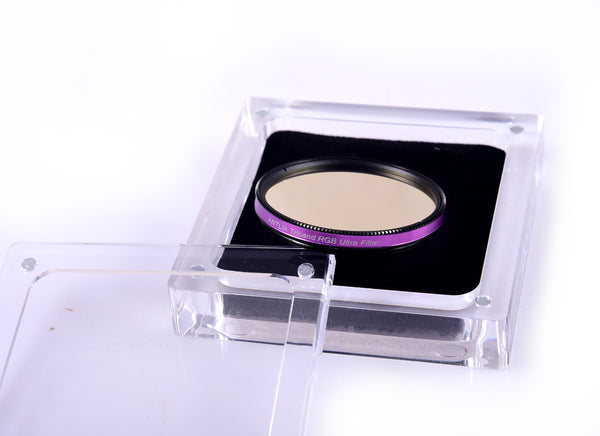



Antlia Triband RGB Ultra 2" Mounted Filter (TRIBAND-RGB-ULTRA-2)
ANT-TRIBAND-RGB-ULTRA-2
Why Purchase from All-Star Telescope?
Free Expert Support
Whether you are a first timer needing help with setting up or an enthusiast that can't quite make that one thing work, our expert staff are ready to support your needs. With decades of knowledge and first hand experience we've been there and we can help you through it!
Stress Free, Secure Transactions
You can trust purchasing and delivery with All-Star Telescope. All of our transactions are 100% secure and Level 1 PCI DSS compliant thanks to Shopify's ShopPay platform. For additional protection, we insure 100% of the value of every shipment we make. If it get's lost during shipment, we replace it. If it gets damaged during shipment, we replace it. We make sure your product arrives exactly as you would expect it to; we promise.
We also ensure privacy protection. We never keep any of your credit card information on file and any of your personal data is stored according to our policies.
30 Day Return Policy
Buy with confidence knowing that we accept returns up to 30 days after purchase. We want you to have something you will actually use and we are confident that we keep good quality products in our store with No Junk.
Price Match Promise
Shipping around for the best price is tough, we make it easier by offering the best pricing in the market. But if you find a better price on an in-store item somewhere else we will match it!
Product Description
This filter is designed for light pollution suppression for OSC and Mono cameras. The spectral design selects the most substantial information in the RGB bands, which makes Antlia Triband RGB Ultra Filter possible to shoot over 90% of deep sky objects, in addition to its excellent performance on emission nebula. Different from other ultra-narrowband filters, it is able to capture galaxies, reflection nebulae, and star clusters from a Bortle 8 location to Bortle 1 while presenting more balanced RGB colors in your images. It also has a broad bandpass designed to cope with faster optics up to the f/2 focal ratio.
The quantum efficiency of the B channel in current CMOS sensors is often significantly lower than that of R and G channels. Antlia team was to provide a filter with a more realistic color balance for astrophotography from light polluted locations. The problem with the low blue wavelength efficiency becomes apparent when imaging reflection nebulae and blue stars. In CMOS sensors, the blue wavelengths also contain contribution from the stronger green spectrum, thereby affecting the balance of the blue colors. Many popular imaging objects contain reflection nebula with faint blue hues such the central part of NGC2264.
Therefore, we designed the Antlia Triband RGB Ultra Filter that not only retains the HSO emission signal but also increases the amount of Luminous flux of the blue B channel. By improving the blue wavelength transmission, the color of the photo is better balanced and easier to manage in post processing.
Specifications
| Model | H-Alpha | S-II | O-III | NII |
| Wavelength: | 656.3nm | 671.6nm 672.4nm |
495.9nm 500.7nm |
658.3nm 654.8nm |
| Peak Transmission: | > 92% | > 92% | > 92% | > 92% |
| Blocking: | ≥ OD4 @ 300-1100nm | ≥ OD4 @ 300-1100nm | ≥ OD4 @ 300-1100nm | ≥ OD4 @ 300-1100nm |
| Filter Thickness: | 2nm +/- 0.05nm | 2nm +/- 0.05nm | 2nm +/- 0.05nm | 2nm +/- 0.05nm |


Additional Articles, Videos, and Links
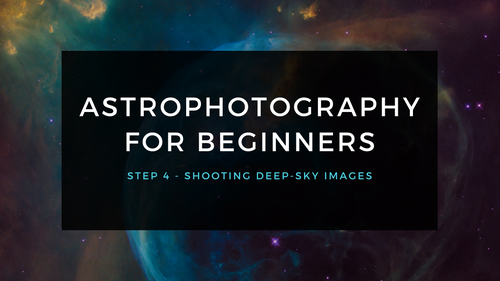
Astrophotography for Beginners Step 4: Shooting Deep-Sky Images
Taking deep sky pictures can be daunting, luckily there is an easy process to follow to allow you to get great shots! Here is the typical process for actually taking deep-sky images in the field.
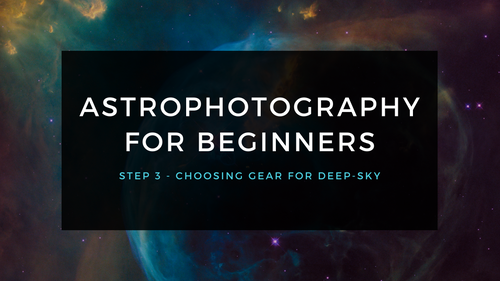
Astrophotography for Beginners Step 3: Choosing Gear for Deep-Sky Imaging
Using a star tracker gains you experience with the fundamentals of deep-sky imaging. Shooting the Moon gains you experience focusing and framing through your telescope. Through your sessions you’ll...
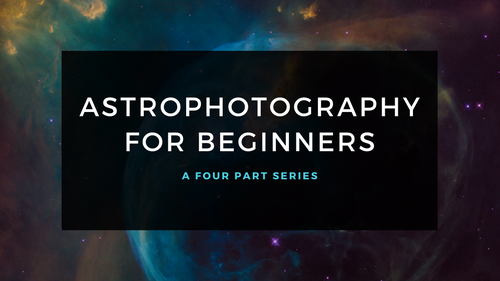
Astrophotography for Beginners - Start Here: Getting into Astrophotography Step by Step
Shooting the night sky has never been more popular, nor easier. The choice of equipment has also never been better, or more affordable. However, as per the advice given by Dickinson and Dyer in the...
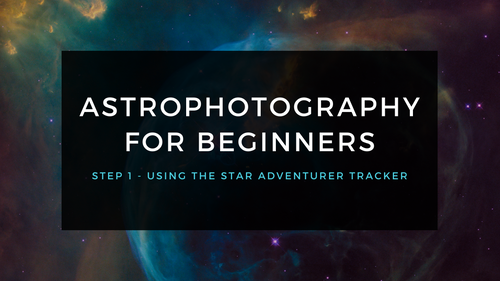
Astrophotography for Beginners Step 1: Using the Star Adventurer Tracker
By far the most economical and easiest way to capture beautiful images of the Milky Way and large deep-sky objects like the Andromeda Galaxy (shown here) is to use a star tracker. Here are steps an...
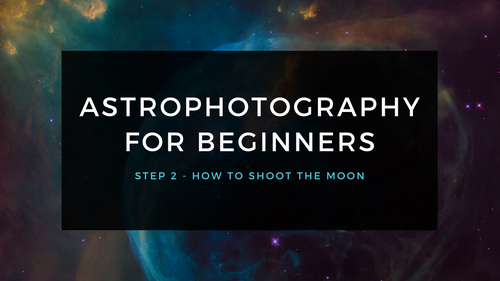
Astrophotography for Beginners Step 2: How to Shoot the Moon
Close-ups of the Moon are rewarding, and an easy way to learn to shoot through your telescope. While good results are possible with a phone camera clamped to an eyepiece (as shown below), this tuto...

